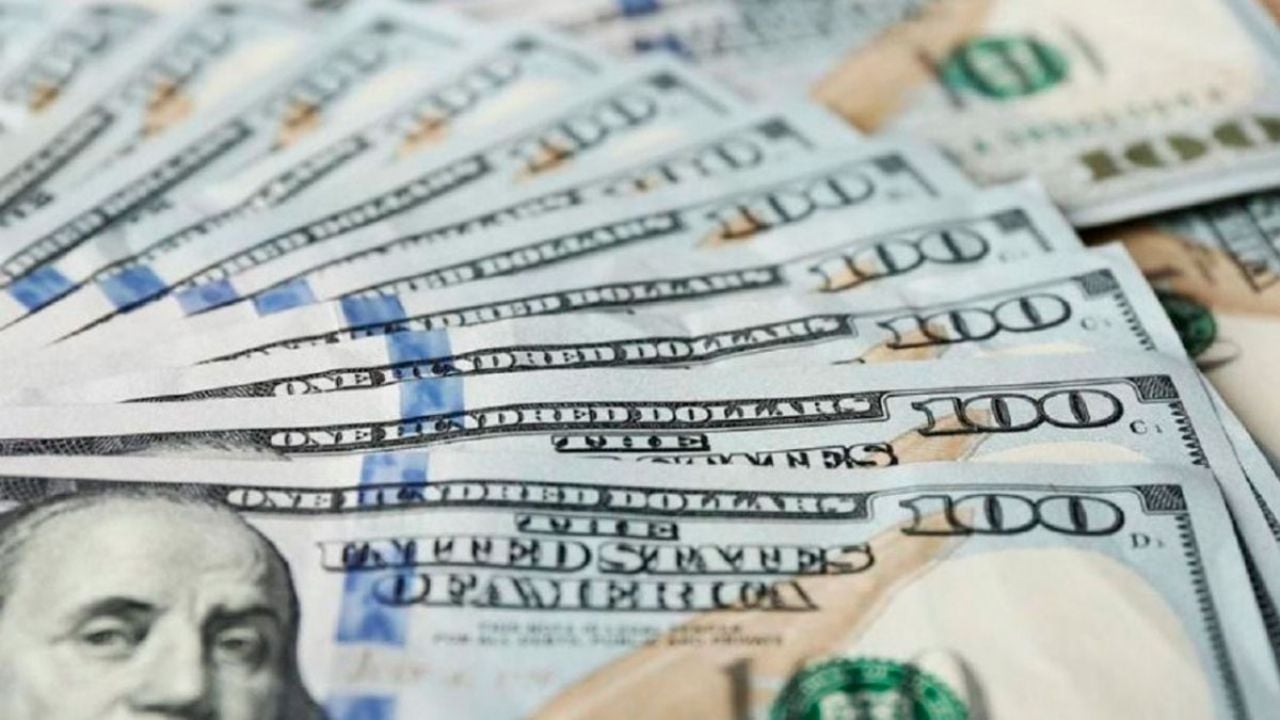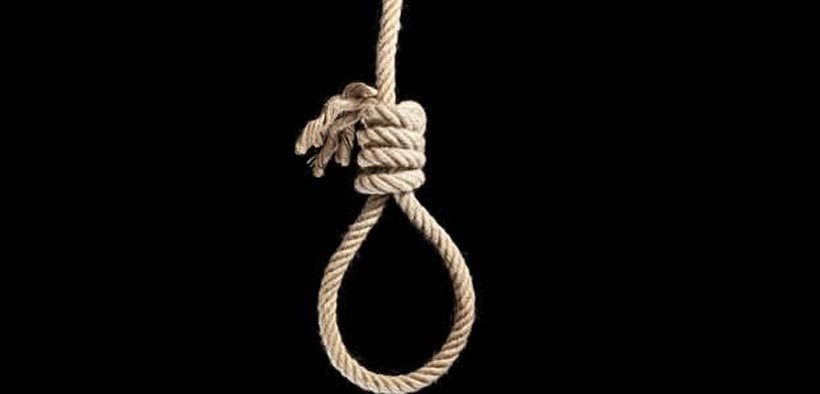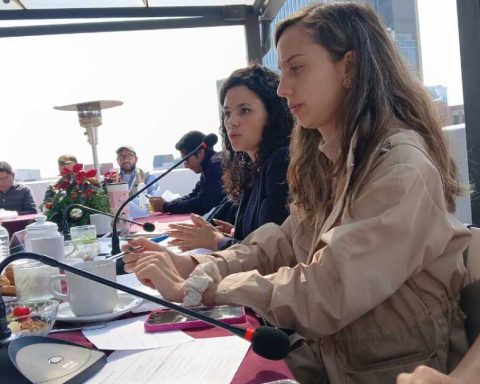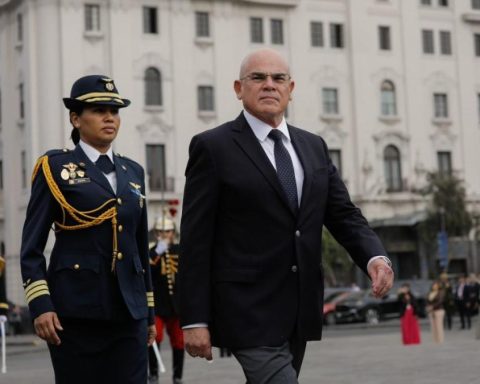Last week, the price of dollar showed significant variations both in the official market and in the parallel market, known as the blue dollar. These movements reflect the continued volatility of the foreign exchange market in the country, influenced by economic and political factors.
He dollar The official exchange rate, controlled by the Central Bank of the Argentine Republic (BCRA), closed at $994.61 for sale. This value represents an increase compared to previous days, reflecting inflationary pressure and the demand for foreign currency in the formal market.
The quote of the dollar The official rate is crucial for various economic transactions, including imports, exports and the payment of debts in foreign currency. On the other hand, the blue dollar, which operates in the parallel market and is not regulated by the BCRA, closed at $1,270 for sale.
This figure shows a significant difference with the dollar official, highlighting the exchange rate gap that persists in the Argentine economy. This Monday, the 16th, the blue dollar is quoted at $1245 for purchase and $1265 for sale. Meanwhile, the official dollar is quoted at $940.50 for purchase and $980.50 for sale.

Fountain: Dollar Today.
Several factors contribute to the fluctuation of dollar in Argentina. Among them, political and economic uncertainty plays a fundamental role. Expectations regarding the government’s economic policies, negotiations with the International Monetary Fund (IMF) and the country’s fiscal situation are elements that affect investor confidence and, therefore, the dollar exchange rate.
In addition, persistent inflation and lack of access to external financing force the government to resort to monetary issuance, which increases the demand for dollars as a safe haven. This dynamic creates constant pressure on the exchange rate, both in the official and parallel markets.

Impact
The difference between the dollar The situation between the official and the blue dollar has multiple implications for the Argentine economy. On the one hand, it affects companies that depend on imported inputs, since they must acquire dollars at a higher price on the parallel market if they cannot access the official market.
This, in turn, translates into higher production costs and, eventually, price increases for consumers. On the other hand, the exchange rate gap encourages practices such as smuggling and under-invoicing of exports, as exporters seek to maximize their income by selling their products at the parallel exchange rate.These practices erode the tax base and complicate the government’s fiscal management.


















